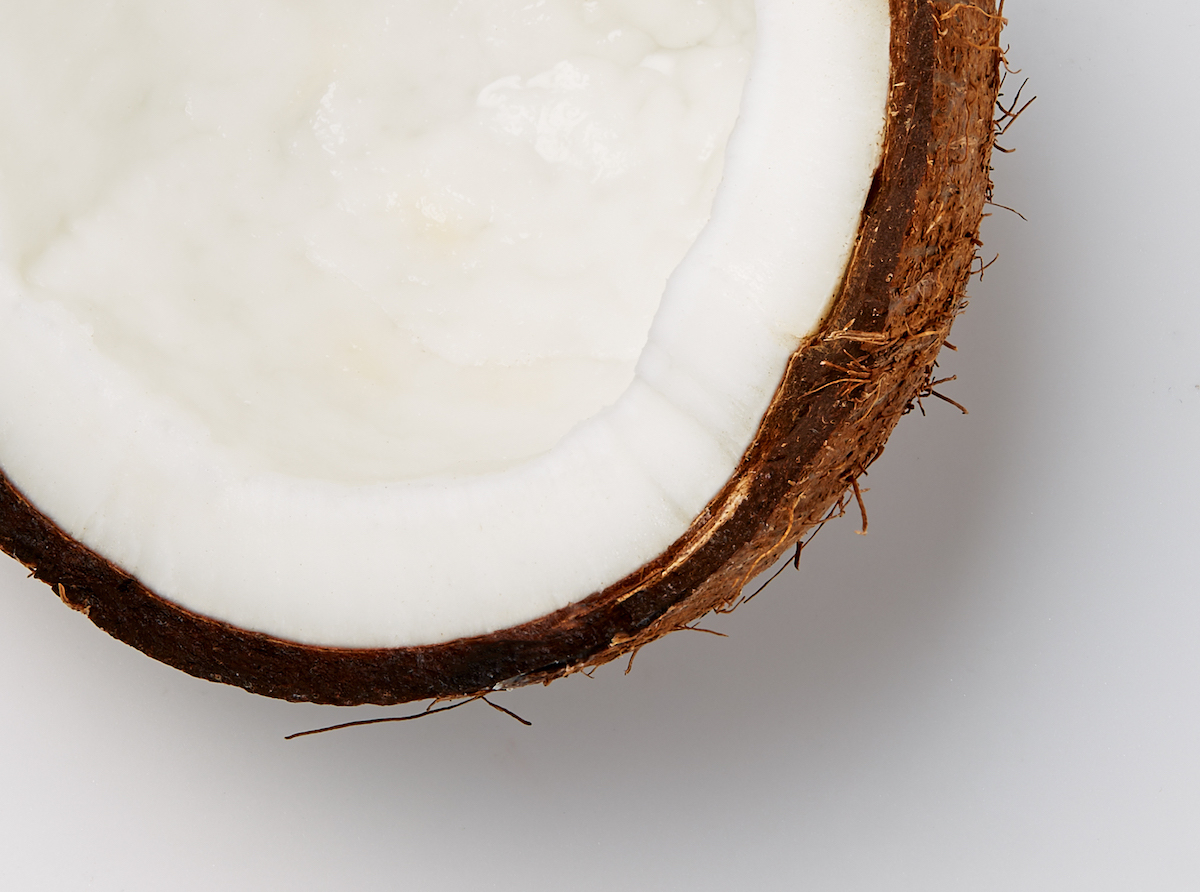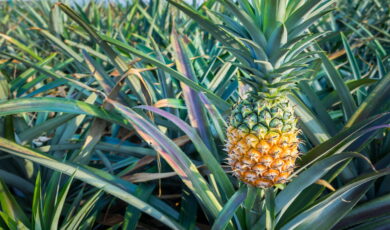Coconut Alkanes: The Hydrating, Smoothing Silicone-Alternative

Let’s take a moment to celebrate the speed at which the cosmetics and skincare industries are advancing. It’s easier than ever to try the most sophisticated and innovative formulations the world has ever seen — products help us feel our best and actually deliver on their promises.
Along with innovation comes variety. Sometimes options can be overwhelming — try figuring out what to order off a 10-page restaurant menu — but other times they provide us with game-changing alternatives. Coconut alkanes, which are a natural alternative to the silicones often seen in skincare products, are the perfect example of this.
Today, we’re discussing what coconut alkanes are, where they come from, how they’re extracted, how they serve as a silicone alternative, and what they feel like on your skin. We’ve also highlighted two bareMinerals products that utilize this natural ingredient.
What Are Coconut Alkanes?
“In chemistry, alkanes, which are also known as paraffins, are a group of compounds that are most importantly used as natural gases, solvents, fats and waxes,” says Dr. Libby Rhee, a board-certified dermatologist based in New York City. “Coconut Alkanes are naturally-derived alkanes that work well as emollients for the skin.”
To make a long, scientific story short, coconut alkanes are collected from the fatty acids of coconut oil. The oil is completely reduced and then it undergoes a process called hydrogenation. Hydrogenation simply means that the oil is combined with hydrogen, a process that transforms the liquid into a solid. From here, the alkanes are extracted for cosmetic use. (An everyday example of hydrogenation that you may be more familiar with is margarine. It’s vegetable oil that’s been infused with hydrogen, which turns it into a spreadable solid.)
What Coconut Alkanes Feel Like On Your Skin
Like many emollients, coconut alkanes tend to be pretty thick in consistency, which means they aren’t absorbed into the skin. Rather, like silicones, they sit as a fine layer on top of the skin that creates a barrier and helps lock in moisture. Also, like silicones, coconut alkanes fill in the gaps between skin cells. This creates a blurring, photo-filter effect on the skin for a soft, smooth, and velvety finish.
“In topical products, coconut alkanes are often combined with lighter emollient compounds such as coco caprylate/caprate, which is also derived from coconuts. The chemical compounds together allow for better absorption, leaving the skin smoother and softer with less of a greasy residue,” says Dr. Rhee.
This is the case for the bareMinerals COMPLEXION RESCUE Tinted Moisturizer, a non-chemical, mineral-based sunscreen that provides sheer-to-medium coverage. The coconut alkanes allow for a silky, hydrated, flawless finish while marine extracts nourish and squalane further moisturizes skin. This formulation also contains mineral electrolytes, which energize the skin for a radiant glow.
Our GOOD HYDRATIONS Silky Face Primer — which can be worn underneath any foundation or on its own — also contains both coconut alkanes and coco caprylate/caprate. The inclusion of hyaluronic acid means it helps plump skin and reduce fine lines for a more youthful appearance as well. A pea-sized amount of this hydrating primer creates a beautiful, silky base for the rest of your makeup — no silicone required!
Love learning about beauty ingredients? Check out our ingredient spotlights on Chamomile and Peony, and stay tuned for more.





